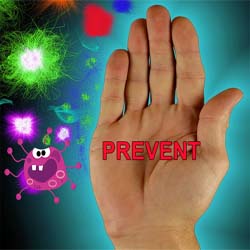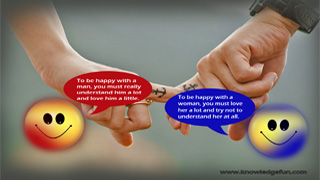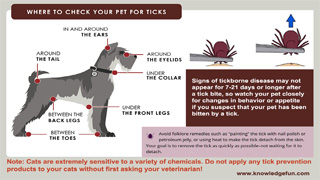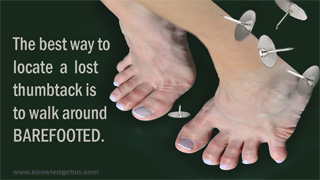Many people are concerned with harsh chemicals and are seeking alternative disinfectants to bleach. More than half of all bleach users say they are concern with the fumes and more than two-thirds say they take special precautions when using it.
The harshness of bleach is not only a concern in the home, but also to the environment. When bleach is made, carcinogenic dioxins can be released into the environment; and when it breaks down, small amounts of toxins harmful to shellfish and other marine and aquatic organisms are also released. Avoid using bleach altogether and use green or eco-friendly household products instead. Don't forget to read labels, you may be surprised just how many regular cleaning products contain bleach.
Bleach is a common household item used for surface cleaning and disinfection, cleaning clothes, and treating fabric. Household bleach, used according to label directions, including recommended ventilation and protection, is surprisingly non-toxic to humans. This may lead to complacency. Misapplied, especially when mixed with other substances, it can be harmful or even lethal. Read more about bleach toxicity...
What You Should Know
- Always read and follow the product label instructions before using bleach and products containing bleach.
- After using bleach, be sure to keep your home well-ventilated and let indoor air out.
- Don't use bleach in closed areas such as cabinets and cupboards, as vapors from the bleach can linger and concentrate in the air.
- If you are using a bleach based spray, consider choosing a foam option instead of a spray on the trigger nozzle, if such an option exists. The foam has a narrower trajectory and is designed to cause the bleach to cling onto the surface instead of misting in the air.
- Individuals with respiratory problems should completely avoid the use of bleach, as it has been shown to exacerbate asthma and allergies.
- Never mix bleach with other substances. When bleach is misapplied, especially when mixed with other substances, it can be harmful or even lethal. For example: bleach mixed with ammonia in urine can form toxic chlorine gases; bleach mixed with dishwashing soap can actually interact to form lethal mustard gas; bleach mixed with alcohol creates chloroform, bleach mixed with acidic products creates chlorine gas. Even bleach mixed with treated drinking water can form chloramine gas.
- Bleach is making allergies worse. It can cause allergies in children, even for children who were allergy free to begin with.
- Numerous household accidents including children are due to bleach and bleach containing products.
- McKenzie et al. reported in a 2010 pediatric study over a 16-year period that just under 270,000 US children (< 5 years of age) were injured by household cleaning products. Bleach was the leading source (37%) and usually by ingestion (63%). A spray bottle was the most common source (40%).
- If you after using bleach experience shortness of breath, dizziness or blurred vision, throat swelling, vomiting or presence of blood in your urine or stool, call your local poison hotline immediately.
Environmentally & Family Friendly Disinfectants
One family friendly alternative to bleach is hydrogen peroxide. It's suitable for everyday use around kids and pets, may be used on variety of surfaces, you can use it without rubber gloves or mask, with no rinsing required. Hydrogen peroxide is found naturally in living material, including the human body. It has been kept in household medicine cabinets for years, trusted to disinfect cuts and scrapes in both children and adults. Hydrogen peroxide is known to have very good disinfective properties, which also make it also effective in cleaning household surfaces.













